For many Arizona homeowners, preparing the lawn for summer can feel like a daunting task. With the hot temperatures and extended drought conditions, it’s important to get your landscaping in order before the weather heats up—and that includes seeding summer grass. Planting during the right time of year is absolutely essential if you want your grass to come out looking lush and green. To help make this process as easy as possible, here’s an overview of when to seed grass in Arizona so you can have a beautiful lawn all season long!
Factors Affecting the Growth of Summer Grass in Arizona
Summer grass is one of the most important plants in Arizona, as it provides food and habitat for a variety of wildlife. As such, understanding the factors that affect its growth is critical to maintaining healthy populations. [1]
- The amount of rainfall and temperature are two major factors influencing summer grass growth. These variables vary greatly throughout the year, but generally speaking, warm temperatures and ample rainfall will promote healthy growth. Too much rain or heat can be detrimental to grass, as it can cause root rot and other diseases.
- Soil composition is also an important factor in summer grass development. Sandy soils are less likely to retain water, meaning that they require more frequent watering than loamier soils. Additionally, the soil must contain sufficient nutrients to support plant growth.
- Sunlight is also essential for summer grass growth, as it provides energy for photosynthesis and helps the grass produce food. In Arizona, summer grass will generally receive plenty of sunlight due to the desert environment. However, in areas with heavy cloud cover or tall trees blocking the sun, this can limit the amount of energy available to grass plants.
- Another factor is the presence of weeds in the area. Weeds can take away valuable nutrients and moisture from the soil, making it difficult for grass to survive. To prevent weed growth, it’s important to regularly mow, fertilize, and aerate the grass. [2]
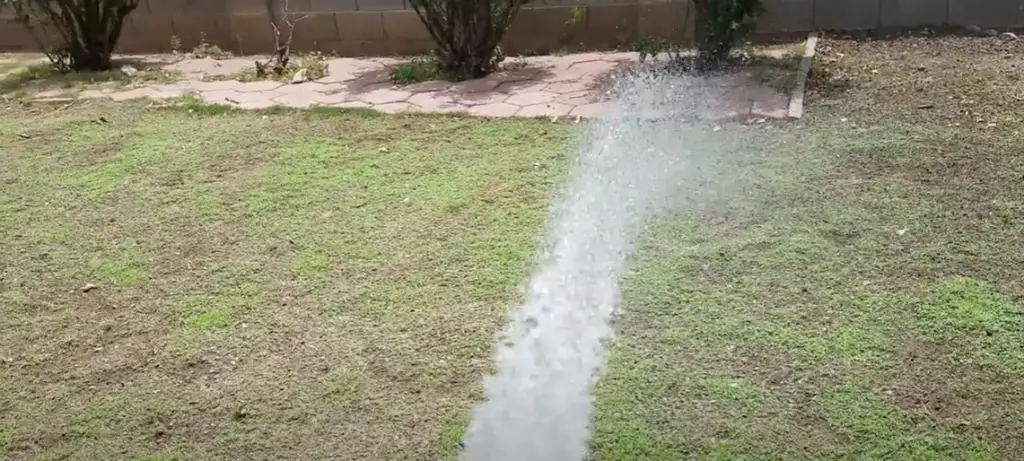
Best Arizona Summer Grass Seed
Arizona is a state known for its hot and dry summers, making it a challenge to find grass that can withstand the extreme weather. Fortunately, there are several varieties of grass seed that do well in this environment. Here are a few of the best Arizona summer grass seeds:
- Bermuda Grass – This variety of grass seed is ideal for warm climates like Arizona. Bermuda grass is extremely drought tolerant and requires minimal maintenance, making it a great choice for the busy homeowner. It also produces a lush green lawn with a fine texture. [3]
- St. Augustine Grass – This variety of grass seed has proven itself to be one of the most resilient in extreme climates like Arizona’s summer heat. It grows slowly but doesn’t require much water or maintenance. St. Augustine grass also produces an attractive lawn with a fine, medium texture and deep green color.
- Zoysia Grass – This type of grass seed is perfect for Arizona’s hot climate because it can withstand the intense heat without needing a lot of watering or care. It also has a deep green color and soft, lush feel to it.
- Tall Fescue Grass – This variety of grass seed is ideal for shady areas. It is highly drought tolerant and requires minimal maintenance, making it a great choice for homeowners looking to save time and money.
- Centipede Grass – This type of grass seed is perfect for those who want a low-maintenance lawn. It requires little water or fertilizing and can withstand the heat surprisingly well, making it an ideal choice for Arizona’s summer climate.
- Buffalo Grass – This variety of grass seed is perfect for those who want a low-maintenance lawn that still looks great. It requires very little water or fertilizing and has a deep green color with a fine texture.
All of these varieties of grass seed can do well in Arizona’s summer climate, but the best choice will depend on your individual needs. Be sure to research each type carefully before making a decision. With the right seed and proper care, you can have a beautiful and healthy lawn in no time! [4]
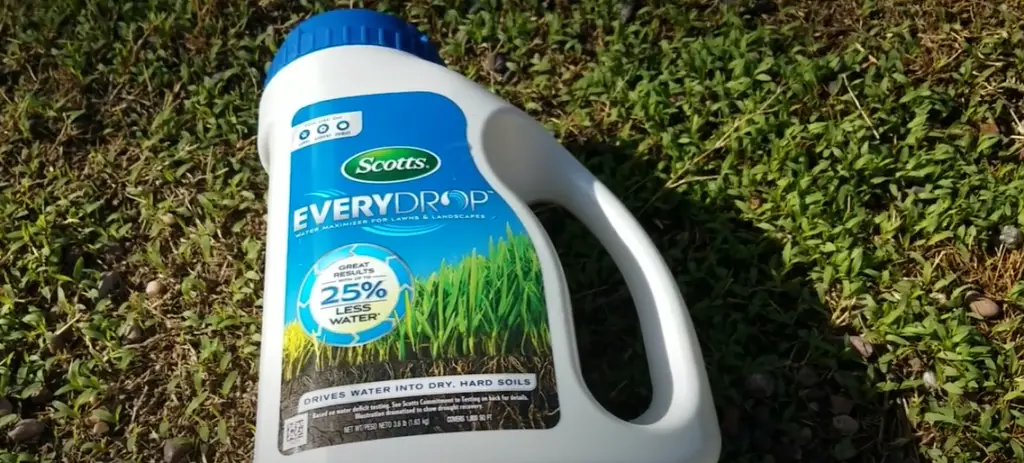
Best Time to Plant Summer Grass in Arizona
In Arizona, the best time to plant summer grass is in late spring. This is typically from mid-April through mid-May when soil temperatures reach 65°F or above. It is important to wait until the soil has warmed up before planting the seed, as cooler temperatures can result in poor germination and slow growth.
The sun intensity can also be a factor in deciding when to plant summer grass. If the soil is too hot, the sun’s intensity can cause seedlings to dry out and die. To avoid this, it is recommended to water lightly every day until the seedlings are established.
If planting in the summer, you should wait until the temperatures cool down a bit. This is typically from mid-June through end of July or early August depending on your location in Arizona. This will help ensure the best success rate for your summer grass.
When planting in the fall, it is important to wait until temperatures have cooled off and most of the monsoon rains have passed. The ideal time frame for this is usually from mid-September through end of October or early November. [5]
How to Plant Summer Grass in Arizona?
Here is a step-by-step guide for planting summer grass in Arizona:
Start by selecting the right type of seed
Grass types vary depending on the climate and soil conditions in your area. In Arizona, warm-season grasses such as Bermuda grass, buffalograss, zoysiagrass, St. Augustinegrass, centipedegrass and kikuyugrass are all suitable for summer planting. Take careful consideration when selecting the best type of seed for your lawn.
Prepare the soil
Ensure that the soil is well-drained and free of any rocks, weeds, or debris. The pH levels should be between 6.0 and 6.5 as well. If needed, you can amend the soil with organic material such as compost or peat moss to improve the drainage and fertility of the soil.
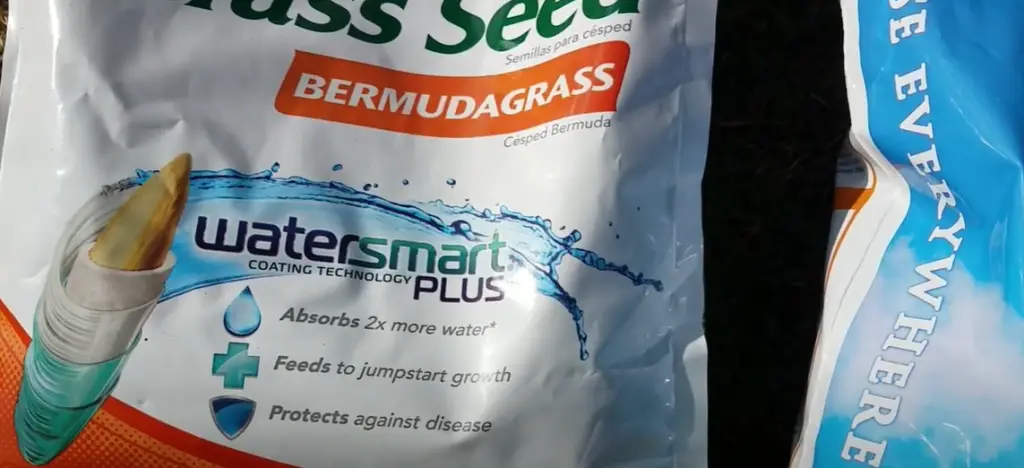
Plant your seeds
Spread the seeds evenly over your prepared soil and use a rake or roller to ensure that they are lightly covered. Make sure to water the lawn regularly and keep it moist until the grass has germinated and is established. If you have any large patches of bare soil, overseed them with additional seed.
Mow and fertilize your lawn
Once the grass is 4 inches tall, mow it down to 2-3 inches in height. This encourages deeper root growth and helps control weeds. Fertilizing your lawn every 6-8 weeks with a slow-release fertilizer will help it stay healthy and green throughout the summer months.
Control weeds
Weeds are a common problem in any lawn. To keep weeds away, regularly inspect your lawn for any weed growth and remove them by hand or using an herbicide. Applying a pre-emergent herbicide before the summer season begins is also effective in preventing weed growth. Be sure to follow the directions carefully when using any type of pesticide.
With a bit of attention and care, you can have a lush, green lawn that will remain healthy throughout the summer months. Taking these simple steps will ensure that your grass stays healthy and vibrant all season long! [6]
Tips on Caring for Summer Grass in Arizona
Grass in Arizona requires extra care during the summer months due to the extreme heat. Here are some tips for keeping your grass lush and healthy:
- Water deeply but infrequently. Try to water your lawn only once every week or two, and give the grass a good soaking (at least one inch of water). This will help promote deep, strong roots.
- Fertilize regularly. Summer grass needs more nutrients, so fertilize at least once a month during the summer months to keep it looking its best. Make sure you read and follow the directions on your fertilizer package for optimal results.
- Mow high. Keeping your grass taller helps it better withstand the heat of summer and also reduces water evaporation from the soil. Aim for a height of around three inches.
- Keep your grass clippings. Leaving your grass clippings on the lawn after mowing helps return nutrients to the soil and can improve your lawn’s health.
- Protect your grass from the sun. Too much direct sunlight can cause grass to yellow and weaken, so try to provide some shade during the hottest parts of the day. A simple canopy or umbrella can help.
- Treat diseases and pests. If your grass shows signs of disease or insect infestation, it’s best to identify the problem early and treat it with a suitable product. This can help prevent further spread of the issue and keep your lawn looking its best. [7]
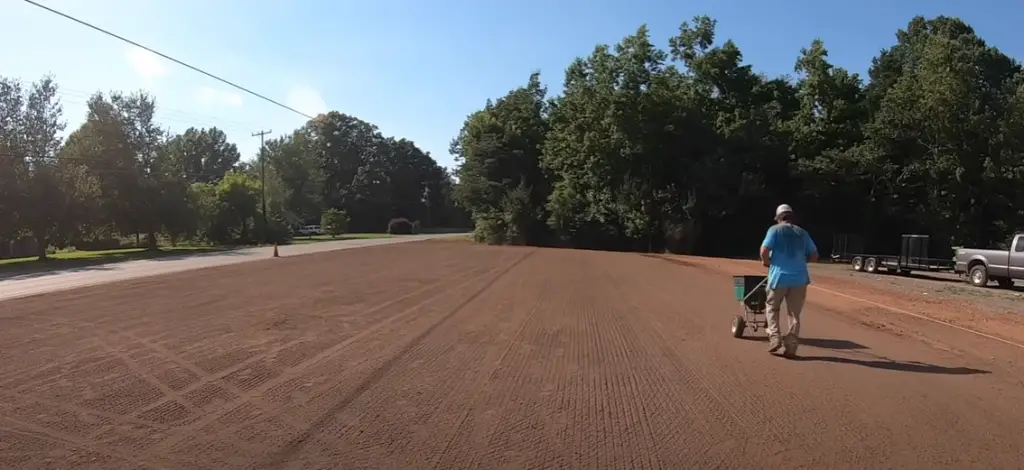
What Diseases Can Summer Grasses Get in Arizona?
In Arizona, summer grasses can be susceptible to a number of different diseases. These include leaf spot, powdery mildew, rust and smut infection.
Leaf spot
Leaf spot is caused by a fungal infection and is characterized by circular spots that appear on the leaf surface. The spots can vary in size and color, ranging from light yellow to dark brown. Infected grass blades may turn completely yellow or even die off completely. To handle it, you can remove infected leaves and apply a fungicide.
Powdery Mildew
Powdery mildew is characterized by a white, powdery mold that grows on the surface of the grass blades. It occurs in warm, dry climates and can stunt the growth of grasses if left untreated. To prevent it from occurring, keep your lawn well-watered and avoid watering the leaves directly. If necessary, use a fungicide to help control it.
Rust Infection
Rust infection is another fungal disease that can affect summer grasses in Arizona. It causes orange or reddish-brown spots on the leaf surface and can spread quickly if left untreated. To prevent it, make sure your lawn is getting proper nutrition and avoid using nitrogen-heavy fertilizers. If necessary, use a fungicide to help control the infection.
Smut Infection
Smut infection is caused by a fungus that attacks the grass blades and causes them to turn black or gray in color. This disease can also stunt the growth of the grasses if left untreated. To prevent it, keep your lawn well-watered and avoid any nitrogen-heavy fertilizers. If necessary, use a fungicide to help control the infection. [8]
How to Make Your Lawn Beautiful and Well-Maintained?
Having a beautiful and well-maintained lawn is something that many homeowners strive for. Not only does having a nicely-manicured lawn add to the visual appeal of your home, but it can also be important when it comes to adding value to your property. Here are some tips on how to make sure your lawn looks its best all year round:
- Regularly Mow Your Lawn: One of the most important steps to having a beautiful lawn is making sure it is regularly mowed. A good rule of thumb is to mow your lawn at least once a week during the growing season, and every two weeks in the winter months. Make sure that you are cutting your grass at the proper height for your grass type and variety.
- Fertilize: Feeding your lawn is key to having a healthy, lush yard. Applying fertilizer regularly during the growing season will help keep your grass thick and green. Look for a fertilizer that is specifically tailored to the variety of grass you have in your lawn.
- Water Properly: It’s important to make sure your lawn is getting enough water, but not too much. Overwatering can result in unhealthy patches of grass or even the growth of weeds. Make sure to water your lawn deeply and infrequently, as opposed to lightly and frequently.
- Remove Weeds: Weeds are one of the most common causes of a patchy, unsightly lawn. Removing them as soon as possible is key to keeping your lawn looking its best. Hand-pulling weeds or using an herbicide specifically designed for killing weeds can help keep them under control.
- Aerate: Aerating your lawn will help ensure that the soil beneath it is healthy and able to provide the necessary nutrients for a strong, lush grass. This is especially important if your soil tends to be compacted. Aerating helps loosen up the soil and allow air, water, and fertilizer to penetrate more deeply.
- Edge Regularly: To keep your lawn looking neat and tidy, it’s important to edge along the sidewalks and driveways regularly. This will help prevent grass from growing onto the pavement or walkways and make your lawn look more manicured.
- Add Mulch: Adding a layer of mulch around gardens or trees in your lawn can help keep the weeds at bay and also add some color to your landscaping. Look for a mulch that is specifically designed for the type of soil you have in your garden or yard. [9]
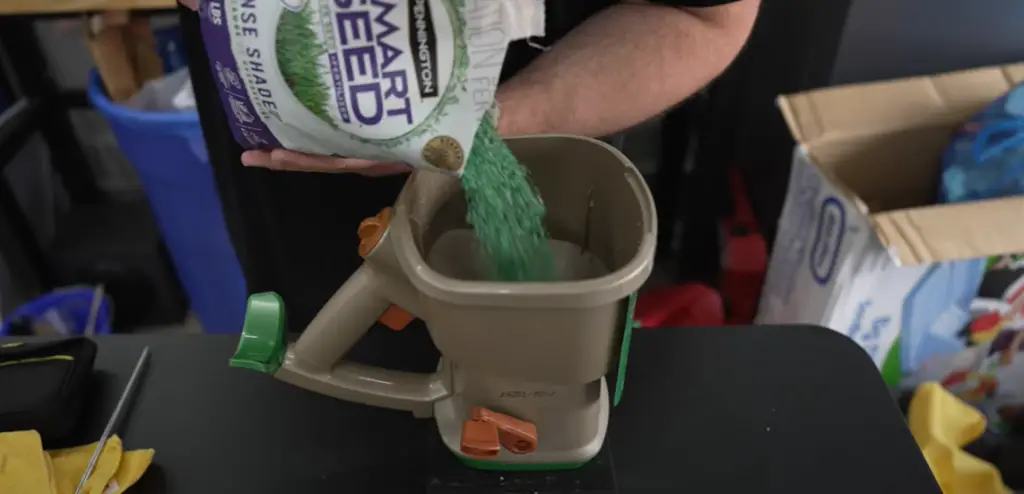
FAQs
Can you plant grass in the summer in Arizona?
Yes, summer is a great time to plant grass in Arizona. The temperatures are warm and the soil is good for growing grass. It’s important to make sure that you water your lawn regularly and fertilize it as needed so that your grass will have a healthy start. You can also take steps to protect your new turf from extreme heat by using shade cloths or installing turf shades. Taking these precautions can help prevent scorching and ensure that your grass grows lush and healthy. With the right lawn care, you can enjoy a beautiful green oasis in Arizona’s summer months.
Can I plant Bermuda grass in August in Arizona?
Yes, you can plant Bermuda grass in August in Arizona. The temperatures are generally warm enough for the grass to take root and germinate. However, it’s important to choose a variety of grass that is suitable for the climate. Certain varieties of Bermuda grass can tolerate hot weather better than others, so be sure to read up on which type will work best for you. Additionally, since August is a hot month in Arizona, you should consider watering your Bermuda grass every day or two so it can stay hydrated and establish itself better. Finally, make sure there are no weeds present in the area where you plan to plant the grass, as these can quickly overtake your young plants and stunt their growth.
How do I prepare my summer grass in Arizona?
First, it’s important to water your lawn regularly and deeply throughout the year. This will help create a deep root system which will be better able to withstand extreme temperatures and long dry spells in the summer months. During the summer, reduce watering frequency to encourage deeper rooting.
Second, mow high during the summer months. This will create shade for the soil and help it retain moisture. Keep your grass blade at least two and a half inches long in order to maximize evapotranspiration from the blades of grass so that it can tolerate extreme temperatures better.
Third, fertilize your lawn regularly throughout the year. Apply slow release fertilizer in the spring and then again in late summer. This will help ensure that your grass has enough nutrients to stay healthy during extreme temperatures.
Finally, it’s crucial to overseed your lawn with a heat-tolerant grass variety when needed. This will ensure that you have a thicker, lusher lawn that can withstand the heat of summer. It’s also important to aerate your soil in order to improve its water-absorption rate and reduce runoff.
How do I keep my grass green in Arizona in the summer?
Watering your lawn is the key to keeping it green in Arizona during the summer months. Water deeply and slowly, ensuring that the soil gets fully wet and that your grass roots get plenty of water. If you’re on a tight budget, consider using reusable greywater from your house or rain barrels to water your lawn instead of tap water. Additionally, aeration can help reduce compaction of the soil and open up air spaces for oxygen, water, and nutrient exchange between the soil and roots. Fertilizing is an essential step to ensure that your grass stays green and healthy during the summer season. Choose a fertilizer with balanced levels of nitrogen, phosphorous, and potassium for optimum results.
Useful Video: When to Plant Bermuda Grass Seed in Phoenix
Final Thoughts
As a warm-weather grass, summer grass is an attractive choice for those living in Arizona. Planting and caring for summer grass can be done fairly easily and requires minimal maintenance. Not only does summer grass enhance the appearance of your landscape but it also helps to prevent soil erosion and provides much-needed shade for soil or areas with limited sun exposure. While there is no one-size-fits-all answer as to when to plant summer grass in Arizona, there are definite signs that it’s time to take action. Pay attention to the temperature change and ground softening as well as other seasonal clues such as increased rainfall or blooming wildflowers in your area – they will help you to determine if now is the right time to start planting. Taking full advantage of the wonderful mild weather that Arizona has to offer will ensure you have a beautiful, lush yard all season long!
References:
- https://www.floridayards.org/when-to-plant-summer-grass-in-arizona/
- https://eastvalleylandscapers.com/plant-grass-seed-arizona/
- https://www.naturesseed.com/grass-seed/arizona/
- https://www.outsidepride.com/seed/grass-seed/State-Lawn-Guide/Arizona-Grass-Seed/
- https://www.lawnstarter.com/blog/arizona/when-to-plant-grass-arizona/
- https://www.lawnstarter.com/blog/arizona/how-to-grow-grass-arizona/
- https://www.summerwindsnursery.com/az/inspire/blog/summer-lawn-prep-and-care/
- https://www.spring-green.com/learn/blogs/blog-large-patch-the-devastating-fall-patch-disease-on-warm-season-turfgrasses/
- https://www.almanac.com/content/10-tips-maintaining-beautiful-yard





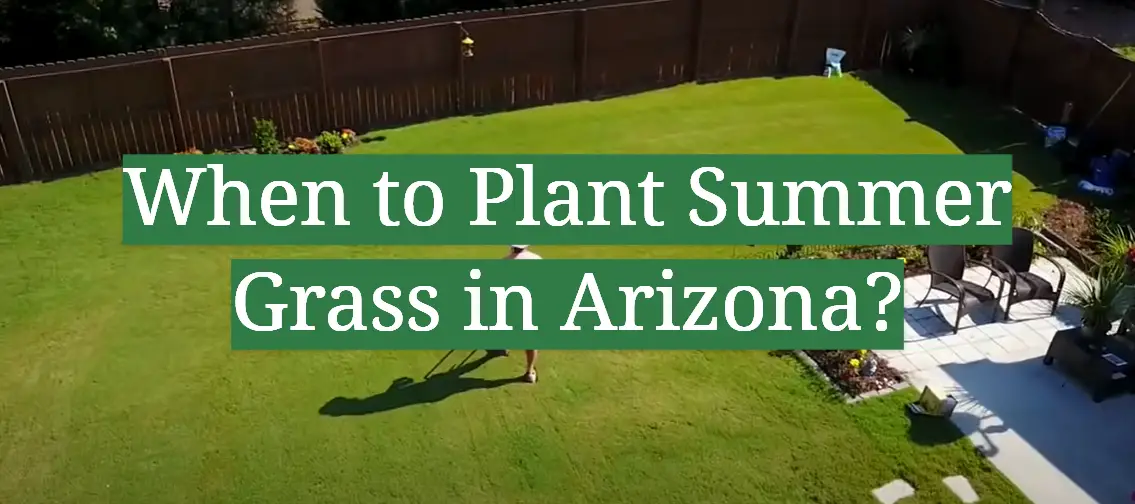




Leave a Reply
View Comments